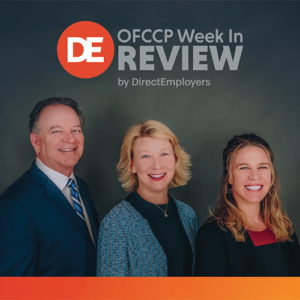
- The Paycheck Fairness Act Surfaces…Again
- OFCCPs New Chief of Staff
- NLRB Rescinds Ten Memos Issued by Former Counsel
- May Employers Provide COVID Vaccine Incentives?
- California DFEH Released New Pay Data Reporting Resources
- Senate Agrees on Rules of the Road as to Committee Assignments and Tie Votes: Looks like Democrats Will Need 10 Republicans to Cross-Over to Pass Controversial Legislation for the Next Two Years-Kamala Sidelined + Bonus Blog
- Nomination Hearing Held for Secretary of Labor
- Tip and Independent Contractor Rules Frozen
- OFCCP’s Commitment to Racial Equity
- Employment Numbers Improve, Blacks Show Greatest Gains, But Others Fall Back
Thursday, January 28, 2021: The Paycheck Fairness Act Surfaces…Again
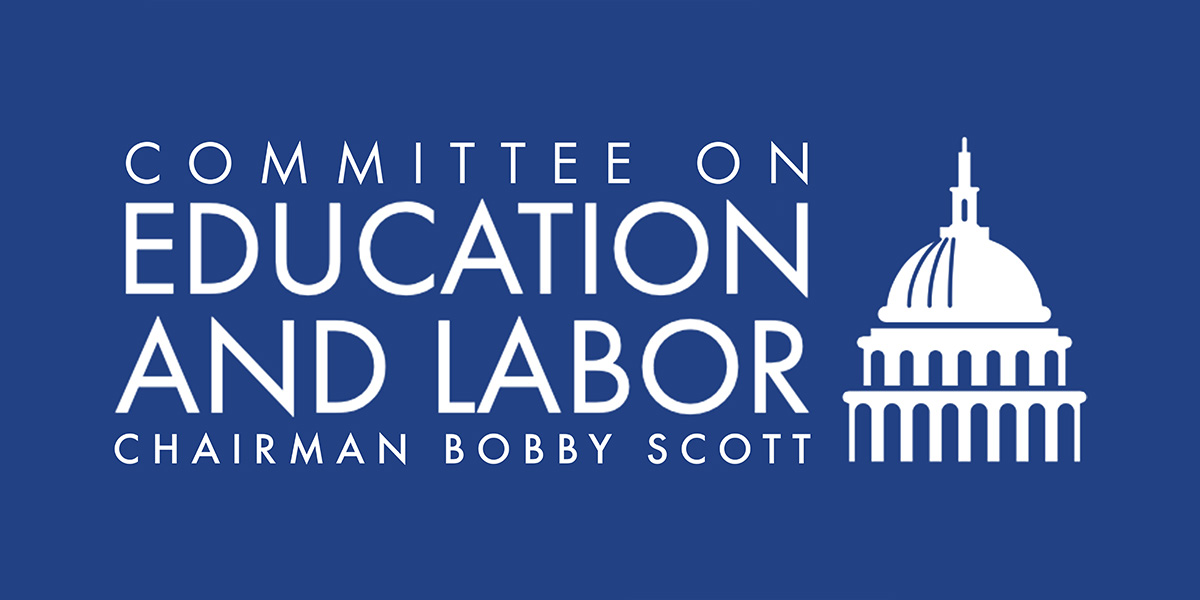
For historical reference, the House Committee on Education and Labor in February 2019 approved a similar, but not identical, Bill in the 116th Congress. That Bill passed the House, but stalled in the Senate. The big push is now on among supporters of the new H.R. 7 to build momentum to get to a successful Floor vote in the Senate this year before other legislative priorities choke out the PFA.
About the Bill
H.R. 7 states its initial intent to amend the 1963 Equal Pay Act which was an amendment to the 1938 Fair Labor Standards Act and appears within it at 29 USC 206(d). The Equal Employment Opportunity Commission (EEOC) enforces the Equal Pay Act since 1978 and not either the U.S. Department of Labor or the Office of Federal Contract Compliance Programs (OFCCP). Rather, OFCCP enforces Title VII discriminations standards pursuant to Executive Order 11246, and the non-discrimination standards of the Americans with Disabilities Act as to its Section 503 enforcement. In addition, however, the sponsors of HR 7 also put H.R. 7 forward for “other purposes,” including to provide instructions to the Secretary of Labor and to OFCCP and to the EEOC. Thus, H.R. 7 goes on to seek to amend Title VII as to the EEOC, as noted more below, but neither EO 11246 (only the President could do that) nor Section 503, nor the ADA. These generalized instructions as to USDOL and OFCCP (outlined below) are controversial and likely not enforceable since H.R. 7 does not amend any Order or statute the Department of Labor or OFCCP enforces. So, the technical mechanics to implement H.R. 7 are quite interesting as to USDOL and OFCCP and will certainly be the subject of debate within the Senate when H.R. 7 arrives there, along with the issue of pay reporting, generally, and the specific form of pay reporting H.R. 7 seeks to impose.
The Stated Need for Change
H.R. 7’s preamble “Findings” cite as the predicate for needed change the discovery of a new pay gap not previously reported, now of a 40% (and not the generally historically accepted 19 cents on the dollar) difference between the pay of all men and all women regardless whether similarly situated or not:
“In many instances, the pay disparities can only be due to continued intentional discrimination or the lingering effects of past discrimination. After controlling for educational attainment, occupation, industry, union status, race, ethnicity, and labor force experience roughly 40 percent of the pay gap remains unexplained.”
H.R. 7 Instructions Punch List to OFCCP and EEOC
OFCCP
First, the Bill purports to require the OFCCP, pursuant to a perceived ability to instruct the President and the Secretary of Labor as to how to operate the OFCCP, to investigate employer compensation practices as follows (see Section 9 (b)1 of the proposed PFA):
“The Director of the Office of Federal Contract Compliance Programs shall ensure that employees of the Office–
- shall use the full range of investigatory tools at the Office’s disposal, including pay grade methodology;
- in considering evidence of possible compensation discrimination–
- shall not limit its consideration to a small number of types of evidence; and
- shall not limit its evaluation of the evidence to a small number of methods of evaluating the evidence; and
- shall not require a multiple regression analysis or anecdotal evidence for a compensation discrimination case…”
Second, Section 9 (b) (2) of the proposed PFA goes on to seek to specify standards of proof OFCCP will apply in compensation investigations borrowing from the EEOC’s Compliance Manual describing which employees are similarly situated to Charging parties under Title VII, the ADA and the ADEA:
“(2) for purposes of its investigative, compliance, and enforcement activities, shall define similarly situated employees in a way that is consistent with and not more stringent than the definition provided in item 1 of subsection A of section 10–III of the Equal Employment Opportunity Commission Compliance Manual (2000) [link added], and shall consider only factors that the Office’s investigation reveals were used in making compensation decisions…”
Third, Section 9(b)(3) of the proposed PFA purports to instruct OFCCP to:
“implement a survey to collect compensation data and other employment-related data (including hiring, termination, and promotion data) and designate not less than half of all nonconstruction contractor establishments each year to prepare and file such survey, and shall review and utilize the responses to such survey to identify contractor establishments for further evaluation and for other enforcement purposes as appropriate.”
Editor’s Note: This compensation data collection need not be the same as the EEOC’s compensation data collection (which H.R. 7 specifies in great detail), discussed below.
Fourth, Section 4 of H.R. 7 purports to direct OFCCP (and simultaneously the EEOC) to provide training to “Commission employees and affected individuals and entities on matters involving discrimination in the payment of wages.” [Editor’s Note: Obviously this passage of the Bill was originally written to direct the EEOC pursuant to the Congress’ Title VII authority, but a legislative edit occurred to suddenly also include reference to the OFCCP, and hence to mistakenly refer to it as “the Commission”.]
EEOC
First, H.R. 7 seeks to amend Section 709 of Title VII to add a new subsection requiring the Commission to undertake a Component 2-like collection from employers of “compensation data and other employment-related data (including hiring, termination, and promotion data) disaggregated by the race, sex, and ethnic identity of employees.” Note: NOT “Applicants.” See Section 8 of the proposed PFA. These “transaction data,” while common to OFCCP audits, are entirely new as to EEOC practice.
The PFA, if enacted, would leave it to the EEOC to determine the most “effective and efficient means” to collect the data, including the frequency of required reports, imposition of burdens on employers, the size of employers required to report, data confidentiality and the most effective data reporting format.
Second, here is what H.R. 7 (see Section 8), if enacted, would cause employers to report as to compensation data, beginning on a schedule the Commission would set beginning not later than 18 months after the President were to sign the PFA into law:
“(3)(A) For each 12-month reporting period for an employer, the compensation data collected under paragraph (1) shall include, for each range of taxable compensation [emphases added] * * *:
- the number of employees of the employer who earn taxable compensation in an amount that falls within such taxable compensation range; and
- the total number of hours worked by such employees.”
Editor’s Note: Please note that the proposed unit of pay reporting is “taxable compensation,” NOT “base salary.” (This appears to exclude stock awards, 401(k) matches, deferred compensation entitlements, benefits and other privileges of employment, but would include taxable “perks” and imputed income).
Third, H.R. 7 (see Section 8, proposed para 3(B)) seeks to require reporting by these 12 pay bands:
- <$19,239
- $19,240 to $24,439
- $24,440 to $30,679
- $30,680 to $38,999
- $39,000 to $49,919
- $49,920 to $62,919
- $62,920 to $80,079
- $80,080 to $101,919
- $101,920 to $128,959
- $128,960 to $163,799
- $163,800 to $207,999
- $208,000+
Fourth, Employers could report employees not eligible for overtime payments either as working 40 hours/week if full-time, or 20 hours/week if part-time, or by the actual number of hours each such employee works. (See Section 8 of H.R. 7, proposed para 3(D)).
Fifth, H.R. 7 would require pay reporting by race, ethnic identity, sex and EEO-1 “job categories” (See Section 8 of H.R. 7, proposed para 3(E)).
Sixth, H.R. 7 also directs the EEOC to use the compensation data to:
- “enhance” the investigation of Charges (apparently in some way beyond the compensation data the Commission could obtain during its Charge investigation);
- “enhance” the allocation of Commission resources to investigate pay compensation charges (currently comprising less than 1% of Commission Charges)
- “for any other purpose that the Commission determines appropriate.”
Seventh, however, the Commission must at least annually make publicly available aggregate compensation data, by race, ethnicity and sex, by EEO-1 categories and disaggregated by “industry, occupation, and statistical areas the Office of Management and Budget defines [i.e., Metropolitan Statistical Areas (“MSAs”)]. (See Section 8 of H.R. 7, proposed para 3(G)).
The proposed Changes to The Equal Pay Act
H.R. 7 is largely designed as a vehicle to accomplish pay data reporting under a label characterizing the Bill as an amendment to the Equal Pay Act. However, the Equal Pay Act does not call for such reporting, as the Bill recognizes by seeking to amend Title VII to require such pay data reporting. While H.R. 7 does contain technical proposed amendments to the Equal Pay Act, they are few in number and seek to amend a statute which has proven itself largely irrelevant for over the last half century, as H.R. 7 itself notes in its Findings seeking to justify amendment. The most important of these proposed technical amendments is that H.R. 7 seeks to forbid all employer inquiries into prior pay and benefits at point of hire, a section tacked onto the end of the Bill. (See Section 10 of H.R. 7).
We will cover these technical amendments to 29 USC 206(D) in greater detail if H.R. 7 indeed becomes law. In the meantime, the focus of H.R. 7, and the debate surrounding it, is primarily about pay data reporting.
Monday, February 1, 2021: OFCCPs New Chief of Staff

Monday, February 1, 2021: NLRB Rescinds Ten Memos Issued by Former Counsel
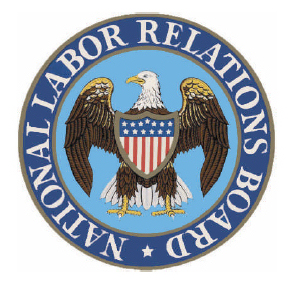
What Was Scrapped?
The Memos rescinded go as far back as June of 2018 (GC 18-04, GC 18-06) up to more recent releases, including GC 20-13 Guidance Memorandum on Employer Assistance in Union Organizing issued in September of 2020. A few of the more notable rescissions include:
- GC 19-01, General Counsel’s Instructions Regarding Section 8(b)(1)(A) Duty of Fair Representation Charges (Oct. 24, 2018). This Memo changed Board law to require unions raising a “mere negligence” defense to a duty of fair representation allegation concerning a union’s grievance handling to establish the existence of two established, reasonable procedures or systems in place to track grievances. It also classified a union’s failure to communicate grievance decisions and/or respond to a grievant’s inquiries as arbitrary conduct rather than “mere negligence.”
- GC 20-08, Changes to Investigative Practices (June 17, 2020). This Memo instructed Regions on how to proceed during investigations in connection with securing the testimony of former supervisors and former agents, and how audio records should be dealt with during investigations. This Memo is being rescinded “because portions are inconsistent with prior practices. Regions should continue to not accept recordings that violate the Federal Wiretap Act and to apprise individuals who proffer recorded evidence when it may violate state law.”
Monday, February 1, 2021: May Employers Provide COVID Vaccine Incentives?

The business groups, including the U.S. Chamber of Commerce, stressed concern that wellness incentives have been “closely scrutinized” over the years.
Monday, February 1, 2021: California DFEH Released New Pay Data Reporting Resources
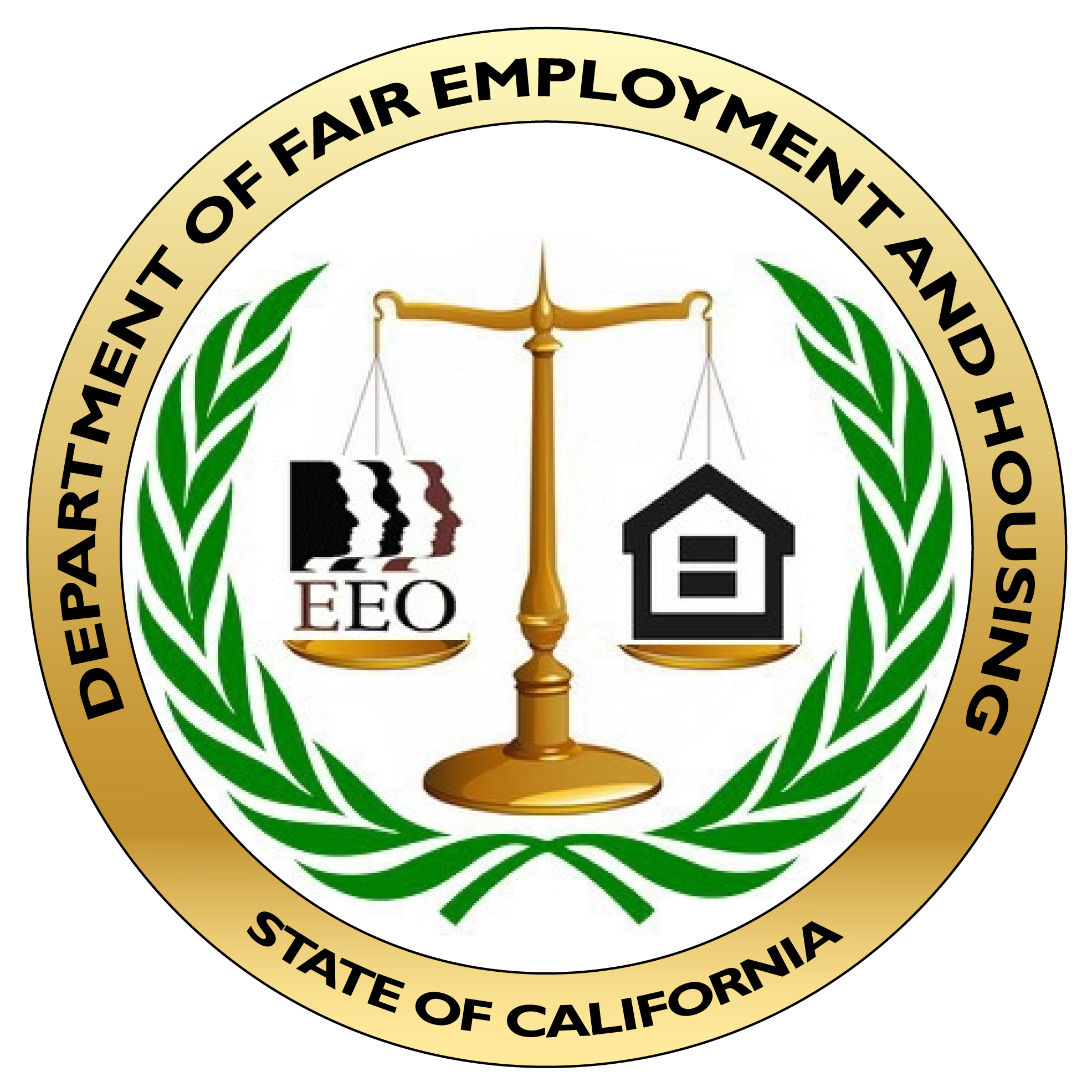
Wednesday February 3, 2021: Senate Agrees on Rules of the Road as to Committee Assignments and Tie Votes: Looks like Democrats Will Need 10 Republicans to Cross-Over to Pass Controversial Legislation for the Next Two Years-Kamala Sidelined
This story is important to understand how Legislation is now going to proceed through the United States Senate, given the rare occurrence of a 50/50 tie between Democrats and Republicans on the Senate Floor.
The Biden Administration has been delayed in the U.S. Senate as the Senate has struggled for the last almost four weeks to establish “Organizing Rules.” The Senate installs these Rules via a Senate Resolution at the start of each new Congress (the two-year 117th Congress began January 4, 2021). On Wednesday, though, negotiations between the parties came to an end as the Senate passed, by unanimous consent, Senate Resolution 27 to address the staffing of Senate Committees, the rules of engagement as to tie votes in Committee, the use of amendments to legislative bills and the use of filibusters (which otherwise slow consideration of Legislation).
So, if you want to understand how it is that Republicans will be able “to throw sand in the gears” of proposed Legislation to slow down the Senate during Democrat control of the Senate, proceed on to the Blog at the end of this story. Or if you want to understand why Democrats and Republicans will be willing to compromise on issues following the fourth closest Electoral College Presidential win in U.S. history, proceed on to the Blog at the end of this story.
Thursday, February 4, 2021: Nomination Hearing Held for Secretary of Labor
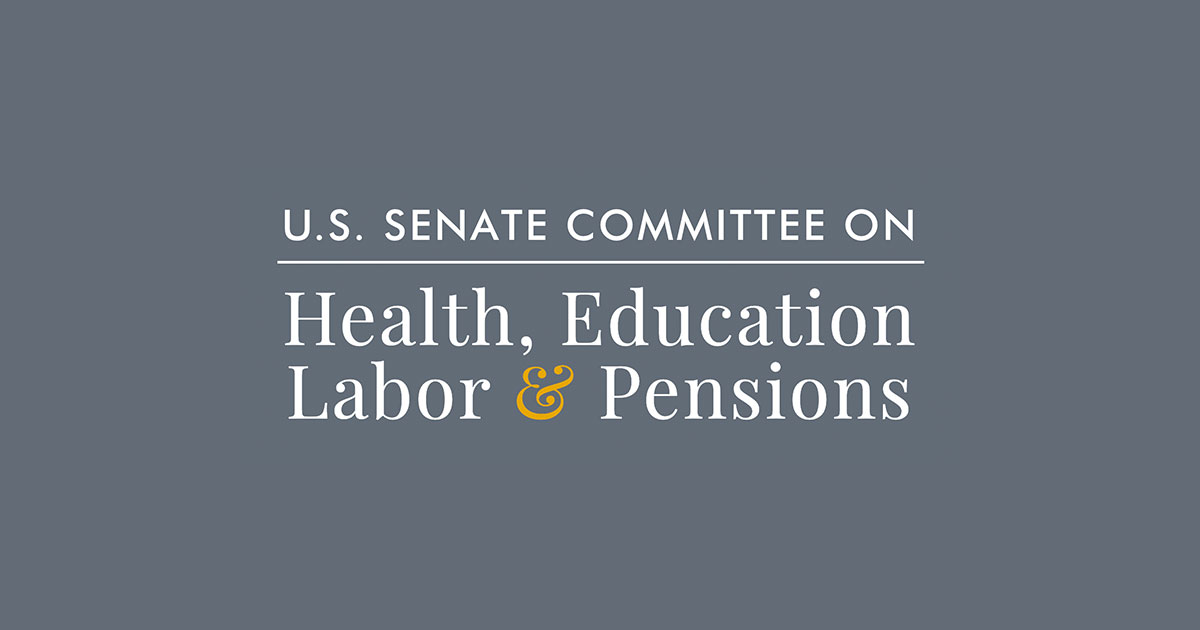
One notable comment from Walsh is his promise that “Commerce and Labor will work hand in hand as we move forward.”
Friday, February 5, 2021: Tip and Independent Contractor Rules Frozen
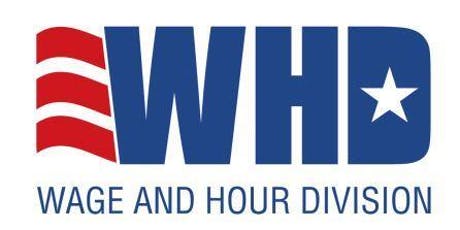
- Tip Regulations Under the Fair Labor Standards Act (“Tip Rule”). The Agency published the Final Rule on December 30, 2020 with the effective date of March 1, 2021. The proposed delay is to April 30, 2021.
Comment on or before February 17, 2021.
- Independent Contractor Status Under the Fair Labor Standards Act (“Independent Contractor Rule”). The Agency published this Final Rule on January 7, 2021 (See our story and bonus blog) with an effective date of March 8, 2021. The proposed delay is to May 7, 2021.
Comment on or before February 24, 2021.
Friday, February 5, 2021: OFCCP’s Commitment to Racial Equity

“As we build back a more equitable future, OFCCP urges federal contractors to seize the opportunity to lead by example by taking concrete action to promote racial equity.”
Friday, February 5, 2021: Employment Numbers Improve, Blacks Show Greatest Gains, But Others Fall Back

Janelle Jones, Chief Economist for the U.S. Department of Labor, released her first job report blog. In it she states:
“While the official unemployment rate remains elevated for people of color, it is not the whole story. Long term unemployment, people working part-time for economic reasons and a broader level of unemployment that includes workers who have left the labor force even as they are available to work and desire employment are also at historically high levels. This means that people who want to work, still can’t find work.”
| The Employment Situation – January 2021 | |||
|---|---|---|---|
| Unemployment Rate | January 2021 | December 2020 | January 2020 |
|
(Seasonally adjusted) |
6.3% | 6.7% | 3.5% |
|
5.7% 9.2% 6.6% 8.6% 6.0% 6.0% |
6.0% 9.9% 5.9% 9.3% 6.4% 6.3% |
3.0% 6.1% 3.1% 4.3% 3.1% 3.2% |
|
|
(Not seasonally adjusted) |
5.5% | 5.3% | 3.5% |
|
(Not seasonally adjusted) |
12.0% | 11.0% | 7.8% |
THIS COLUMN IS MEANT TO ASSIST IN A GENERAL UNDERSTANDING OF THE CURRENT LAW AND PRACTICE RELATING TO OFCCP. IT IS NOT TO BE REGARDED AS LEGAL ADVICE. COMPANIES OR INDIVIDUALS WITH PARTICULAR QUESTIONS SHOULD SEEK ADVICE OF COUNSEL.
SUBSCRIBE.
Compliance Alerts
Compliance Tips
Week In Review (WIR)
Subscribe to receive alerts, news and updates on all things related to OFCCP compliance as it applies to federal contractors.
OFCCP Compliance Text Alerts
Get OFCCP compliance alerts on your cell phone. Text the word compliance to 55678 and confirm your subscription. Provider message and data rates may apply.

